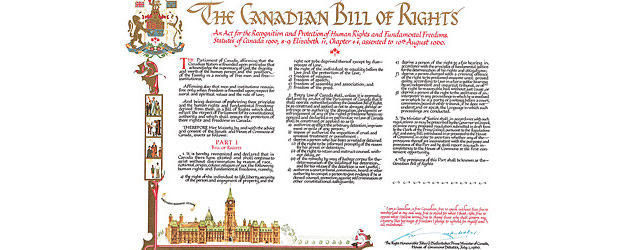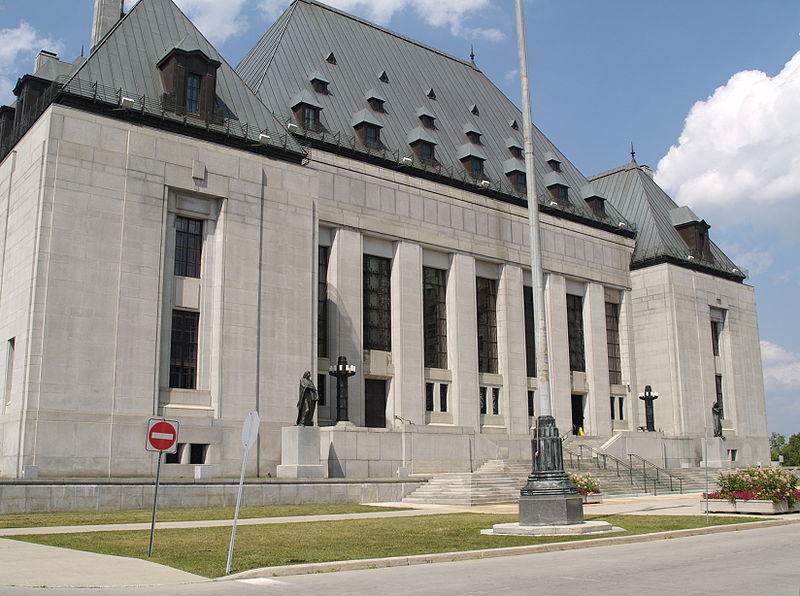The history of Canada’s Charter of Rights and Freedoms begins with several Parliamentary committees in the 1940s and 1950s that investigated the possibility of creating a constitutional bill of rights. But first major legislative attempt was not until 1960 with the Canadian Bill of Rights.
The 1960 Bill of Rights, which, albeit a statute and not a constitutional amendment, demonstrated that codifying rights was not inconsistent with a parliamentary system of government. However, it was a vague and limited statute that contained only the most elementary civil and political rights. Frank Scott disdained the law: “That pretentious piece of legislation has proven as ineffective as many of us predicted.” Only a constitutional amendment could overcome the weakness of the Bill of Rights. In an attempt to secure an agreement with the provinces to patriate the constitution with an entrenched bill of rights, the federal government appointed a Joint Committee of the Senate and House of Commons in 1970. Although the initiative ultimately failed, it is notable that there was a consensus that Parliamentary supremacy was no longer an obstacle to a bill of rights: “Parliamentary sovereignty is no more sacrosanct a principle than is the respect for human liberty which is reflected in a Bill of Rights. Legislative sovereignty is already limited legally by the distribution of powers under a federal system and, some would say, by natural law or by the common law Bill of Rights.”
A decade later, another Joint Committee of the Senate and the House of Commons would eventually produce a proposal for a constitutional amendment that would produce the Charter of Rights and Freedoms.



